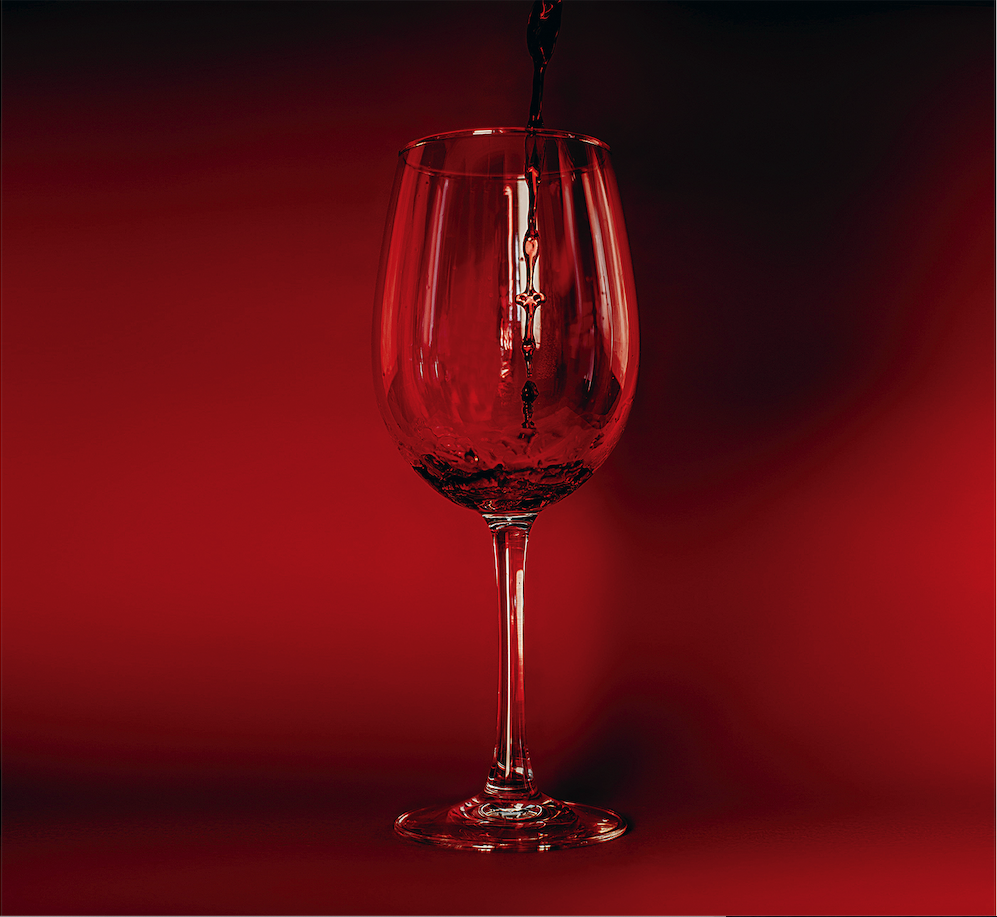Get Premium access to all the latest content online
Subscribe and view full print editions online... Subscribe
A central European red that thrives in the warm climate of Austria’s Burgenland, this versatile grape is a great choice for spring
THE GRAPE
A central European grape known as kékfrankos in Hungary and lemberger in Germany, blaufränkisch is easiest to find (if hardest to pronounce – along the lines of ‘bloughfrenkish’) in Austria, where it is the second most widely planted red grape, thriving in the warmer climate of the Burgenland.
THE TASTE
How blaufränkisch tastes in the glass
depends on when it was plucked from the vine. Picked early, the grape produces a bright mouthful of tart cherry
sprinkled with pepper; picked late and
the muscular wines have the power to
withstand barrel ageing in oak. Either
way, expect elegantly structured wines
of medium tannins and high acidity.
THE PAIRINGS
It’s an ideal red for spring, as well suited to chilling on an unseasonably hot day to pair with cold cuts and a hard-cheese salad as it is to hunker down with, alongside something heartier, when the barometer is heading in the wrong direction. A Mittel-European classic such as schnitzel with potato salad is a regionally appropriate choice (as is any breaded meat), ditto goulash, with the paprika matching the pepper of the wine
perfectly. Otherwise, think of blaufränkisch as you would other
lighter reds such as pinot noir and gamay and go for roast duck,
grilled tuna or pink-cooked rack of lamb.
THE VINES
As a rule of thumb, vineyards west of Vienna are better for white wine and those east of the Austrian capital for red. Blaufränkisch’s heartland is the flat Burgenland region
south-east of Vienna along Lake Neusiedl, close to the
Hungarian border. The sandier soils near the shore, where the
microclimate is warmer, produce concentrated wines with a
darker fruit profile; grapes grown on the surrounding limestone
hills have high acidity and perkier fruit.

This article was taken from the May 2024 issue of Food and Travel. To subscribe today, click here.
Oak-ageing makes this one for cooler spring days, though its refreshing acidity and berry notes of redcurrants and blackberries keeps things on the light side, with just a dash of spice. Try it with some Isle of Wight tomatoes.
Available at:£12.99, waitrosecellar.com
Biodynamic principles give this a nutty tang that evokes terroir and landscape rather than farmyard and fermentation. Elegant, with sweet-and-sour red fruit of damson, cherry and plum to the fore.
Available at:£18.50, goodwinepeople.com
The Nittnaus family have owned vineyards for over 300 years and run their own winery since 1986, now overseen by brothers Andreas and Hans Michael. Their grapes cultivated on the eastern shore of Lake Neusiedl are grown organically; this oak-aged example displays dark berries cloaked in a smoky waft of tobacco.
Available at:£33.80, friarwood.com
This is perhaps the ultimate expression of a grape that producer Roland Velich has, more than anyone, put on the fine-wine map. Made from vines planted as far back as 1908, it bears comparison with the best pinot noir from Burgundy, with clove complexity balancing out a vivid violet freshness and the potential to age for 10 years.
Available at:£83, bbr.com
Subscribe and view full print editions online... Subscribe